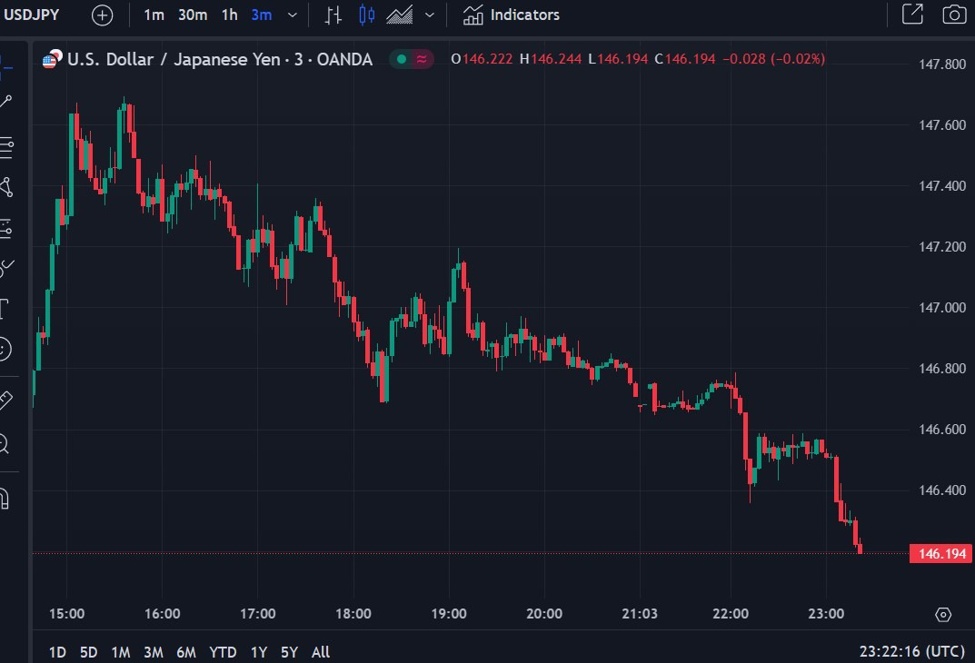
Shares of Bumble Inc. plunged after the dating company slashed its annual revenue outlook, signaling that an overhaul to the brand’s flagship app hasn’t been enough to revive slowing growth.
Annual revenue will grow between 1% and 2% from the previous year. The company had previously forecast growth between 8% and 11%. Wall Street was expecting an 8.4% gain, per Bloomberg-compiled estimates.
“We are resetting our guidance today to reflect actions we are taking to position Bumble to reignite user growth, deliver improved customer value, and drive long-term revenue growth,” Bumble said in a statement on Wednesday. “We believe our strong balance sheet and cash flow generation give us the flexibility we need to return capital to shareholders while creating lasting value.”
The shares fell as much as 32% in extended trading on the news.
Bumble, which went public in 2021, saw its shares hit a record low in February after it shared a weaker-than-expected sales outlook and cut around a third of its workforce. The company’s struggle to grow its user base is emblematic of a broader trend in the U.S. online dating industry, which has yet to recover from a post-pandemic reckoning. But shares for Match Group Inc., which owns Bumble’s biggest rival Tinder, jumped the most in nearly two years after the company delivered better-than-expected quarterly results last week.
Bumble’s third-quarter forecast and second-quarter results also broadly missed the mark. Bumble expects sales for the current period of $269 million to $275 million, below the $296.1 million that analysts projected. Adjusted earnings before interest, taxes, depreciation and amortization will be between $77 million and $80 million, the company said. Wall Street was hoping for $91.5 million.
Revenue for the period ended June 30 increased 3.4% to $268.6 million, missing the average analyst estimate of $273.2 million. The number of users paying for Bumble — an important metric for investors — rose 14.7% to 2.8 million, in line with Wall Street estimates.
The Austin, Texas-based company has been in the throes of an internal leadership transition since founder Whitney Wolfe Herd announced in November that she would step down as Chief Executive Officer. Bumble has since named four new C-suite executives, who have been charged with overhauling the company’s mobile app to make it more appealing to younger users.
The redesign of the app has seemingly not been enough to court younger users or overcome macroeconomic conditions, said Chandler Willison, a research analyst with data analytics firm M Science.
“I believe Bumble in some ways is seeing the slowing growth that we’ve observed for Tinder as these businesses scale and face increasingly difficult year-ago comparisons, potentially facing some degree of saturation,” he added.
Increasing the number of paying users has been key to Bumble’s growth strategy, but progress has slowed since late 2021. The app’s higher-price “Premium Plus” subscription tier launched in December but did not bring the “incremental uplift” the company had expected, executives said in February.















